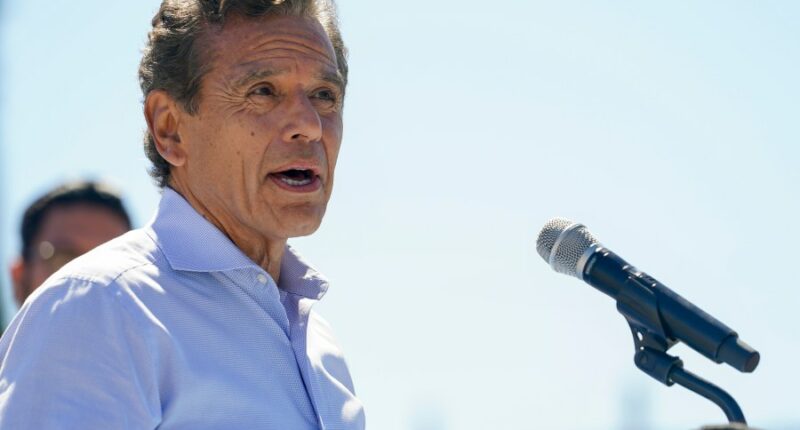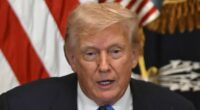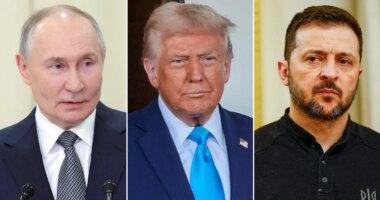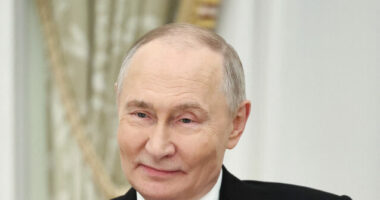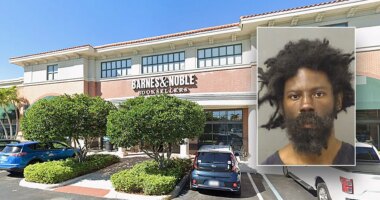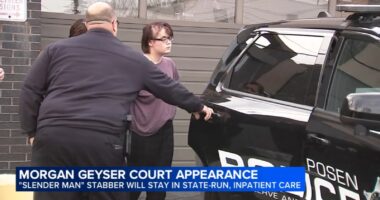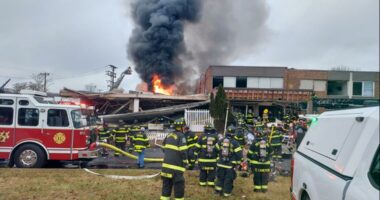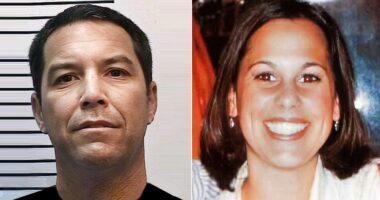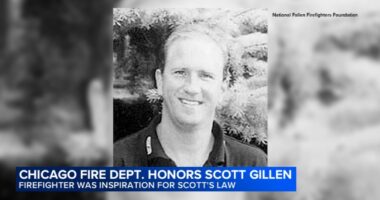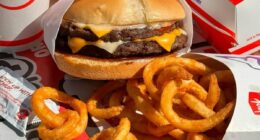Share this @internewscast.com

LOS ANGELES (AP) — After months of uncertainty, the race to become California’s next governor started Thursday.
Former Vice President Kamala Harris’ decision to not participate in the 2026 contest on Wednesday has shifted the campaign dynamics, leaving the race without its most prominent potential contender and expected early frontrunner. Harris’ official withdrawal paves the way for more candidates to join, altering an already crowded field without a dominant figure.
Democrats are still expected to retain control of the seat currently occupied by outgoing Democratic Governor Gavin Newsom, in a state where Republicans haven’t secured a statewide victory in almost 20 years. Democrats hold nearly a 2-to-1 registration advantage over Republicans across California.
“The starting gun just popped,” noted Democratic consultant Andrew Acosta, labeling it as the first genuinely wide-open gubernatorial race in over 25 years. “The race is on.”
Other Democrats work to position themselves
Former U.S. Rep. Katie Porter quickly began to position herself as a key contender, as her campaign made appeals for donations to “solidify Katie as the Democratic front-runner.” Meanwhile, former Biden administration health secretary Xavier Becerra aimed to align himself with Harris’ legacy, given both previously served as California attorneys general.
“The vice president and I have been together in this fight to restore the American Dream for a long time,” Becerra stated. “I’m proud of our shared record — expanding health care for millions of Americans, reducing prescription drug costs, addressing the country’s mental health crisis, and defending reproductive freedom.”
Harris’ decision “reshapes this race for governor, but not the stakes,” he added.
The race had been moving slowly for months due to Harris’s potential candidacy, but now, in light of her decision, campaigns will be seeking to attract her supporters and reassessing the landscape from which Harris is absent. Fundraising emails flooded inboxes.
Democratic consultant Michael Trujillo, a former aide to Democratic candidate and former Los Angeles Mayor Antonio Villaraigosa, said voters loyal to Harris are going to have to rethink their choices while looking at candidates they might not know much about in a large and growing field.
“I think everyone is picking up points from Kamala’s voters now that she is not an option,” Trujillo said. “There now is more oxygen for everyone else.”
California is known as the epicenter of the so-called Trump resistance. The race will unfold with President Donald Trump dominating daily headlines as his administration battles the liberal-leaning state over health care funding for lower-income residents, immigration and environmental protection.
More than half of voters think the state is headed in the wrong direction, with many households vexed by inflation, notorious taxes and some of the nation’s highest utility bills. Soaring rents and housing prices are driving residents to other, more affordable states. The state budget is expected to be in the red in coming years. And billions in spending on homelessness has done little to check the crisis.
But the primary election is not until June 2, so it is impossible to know what will be motivating voters in 10 months.
Republicans see glimmers of hope
Long-suffering Republicans in the state have been heartened by last year’s elections, in which the heavily Democratic state displayed a slight rightward shift. While Harris — a former San Francisco prosecutor, state attorney general and U.S. senator — won the state in a landslide, she fell well short of former President Joe Biden’s vote totals in 2020 while Trump picked off a string of counties that eluded him four years earlier.
Among the candidates, Riverside County Sheriff Chad Bianco said in a statement that Harris realized “the status quo is impossible to defend.” And conservative commentator Steve Hilton welcomed Harris’ decision and said “after 15 years of one-party Democrat rule, everyone can see it’s time for change in California.”
As is the case in high-profile races for governor, a long list of candidates — some known, others not — fills out the ballot. California has what is known as a top-two primary system, in which all candidates appear on the same primary ballot regardless of political party, but only the top two vote-getters advance to the November general election, regardless of party.
Other Democrats in the mix include Lt. Gov. Eleni Kounalakis; former state controller Betty Yee; former state Senate leader Toni Atkins; state schools superintendent Tony Thurmond; and real estate developer Stephen Cloobeck.
Rich outsider could shake up race
In California, home to some of the nation’s richest Americans, it is always possible a wealthy outsider could shake up the race. That was the case in 2010, when billionaire Republican Meg Whitman spent nearly $180 million, much of it her own money, but lost to Democrat Jerry Brown, a former governor.
Newsom — who has not endorsed a successor — was asked Thursday what he thought of the possibility that he and Harris, old friends from the San Francisco Bay Area, might meet again in the 2028 presidential race. Harris has not ruled out another run for the presidency after falling short in 2020 and 2024. Newsom is widely seen as positioning himself for a run in 2028 though he has veered away from speculating about his political future.
“We’ll see where fate brings all of us,” Newsom told reporters. “I’m looking forward to what she does next.”
___
Associated Press writer Tran Nguyen in Sacramento contributed.
